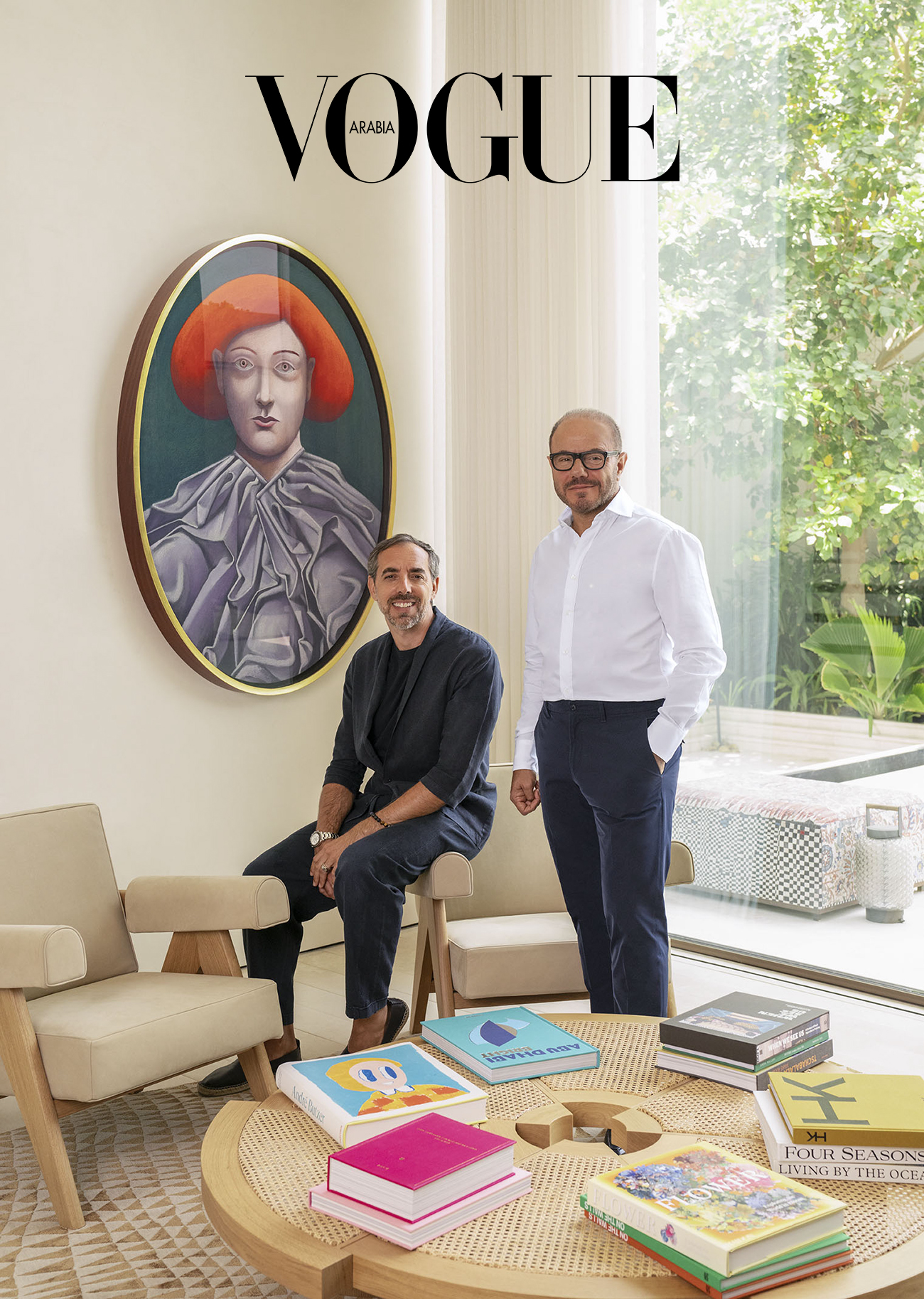

Light’s Geographies
Landing in Dubai something that you notice at a first glance is the sky color and light’s intensity. A light that often seems filtered through the moist, hazy and dusty atmosphere.
It is a different light from the Italian and south European latitudes, where colors are much more saturated and the light defines shapes with a sharper blade cut between shine and dark. Another peculiarity of these latitudes is of course the perpendicularity of the sunrays that compresses and shortens shadows’ length until they disappear within the object itself.
These two characteristics generate environments that recollect sci-fi movie photography, the likes of Interstellar or The Martian, exemplifying Richard Kelly’s idea of ambient luminescence.
Within this contest, the perceptual space among indoor and outdoor spaces is often uncomfortable, almost annoying. The contrasts between light/shade, hot/cold and noise/silence are often overwhelming sensory shocks while entering a building. The entrance, ideally, turns into a large filter that receives and leads towards the arrival point. The eyes of the skin1 must gently readjust to the new perceptive geographies.
VIP Lobby
The Dubai Sport Arena’s lobby works as a cognitive catalyzer between exterior and interior. The subtle reliefs, in a form of waves on the floor, creates an artificial landscape that mediates the experience with the mild dunes of the surroundings.
The ceiling is composed of horizontal colored acrylic strips, rhythmed by five smart skylights, in which a LED and nanostructures system simulates a realistic sun light and blue-sky experience. This innovative lighting system generates an effect that reproduces the exact feeling of natural irradiation, striking through the ceiling openings. The light hits some glass seats, acting as optical prisms, dissecting the light beams into its spectral components then projected onto the floor.
The matt white sidewalls, work as a canvas, on which a system of lights with an alternating angle reflects the acrylic strips colors, flowing through the surfaces and dematerializing them.
Light, color, art and visual perception
The meaning of a building is beyond the architecture and perhaps, it must work as a perceptive experience too.
The color modifies human feelings on another cognitive level, shifting spaces tectonics, influencing mood and senses. The quality and the shape of a place lights defines its character. Its identity. Whether it is unveiling or hiding.
Researches developed by artists the likes of Robert Irwin, Nobuhiro Nakanishi and Sabine Marcelis, where investigating on the color’s role within individual and shared spaces perception. Those resulting reflections where integrated since the early stages into the project objectives. The light that unfolds its full color spectrum through objects and architectural elements (floors, ceilings, and walls) is not complementary to the project, but it is its principal raw material for design. (Rif.pic02)
“The Eyes of the Skin: Architecture and the Senses”, Juhani Pallasmaa
Matter, light and their opposites
Objects reveal themselves through the contrast, making them visible and rendering their identity. Opposites generate identity and character for places, things and people, following similar dynamics and principles. The materials selection aims at generating contrast between containing elements and those contained (objects, furniture, finishes and water features). Walls and structures, partially cladded with hand-chiseled limestone slabs and sprayed cement, together with opaque concrete epoxy floors, set an almost primitive backdrop for the contained objects. The items claiming the space, such as the metallic lacquered polyethylene chairs, the colored transparent glass counters (Ref.04) and the colored acrylic strips partitions, are striking for color and for the ephemeral materiality of each element, absorbing and diffusing lights with different, almost dematerialized, color tones.
The corridors leading to the private rooms are fitted with LED systems that reproduce the color of the sky and the solar spectrum through nanostructures to compensate the absence of natural sources. The light, intense and precise, flushes the optical glass bricks walls, subdividing into its spectral components the luminous beams, projected onto floor and ceiling opaque surfaces. The out coming rainbow mesmerizing effect paints the floor in an arbitrary and unpredictable way. The resulting loss of control aims at (de)lineating an abstract and seamless lighting effect.
A contrast among natural and artificial lighting took shape from the large contrasts of ambient light defining the architectural project. Playing with transitional boundaries and opposition between the elements, an unexpected and eventually unique experience was created for this buildings typology.
.jpg)
.jpg)
.jpg)
.jpg)
.jpg)





